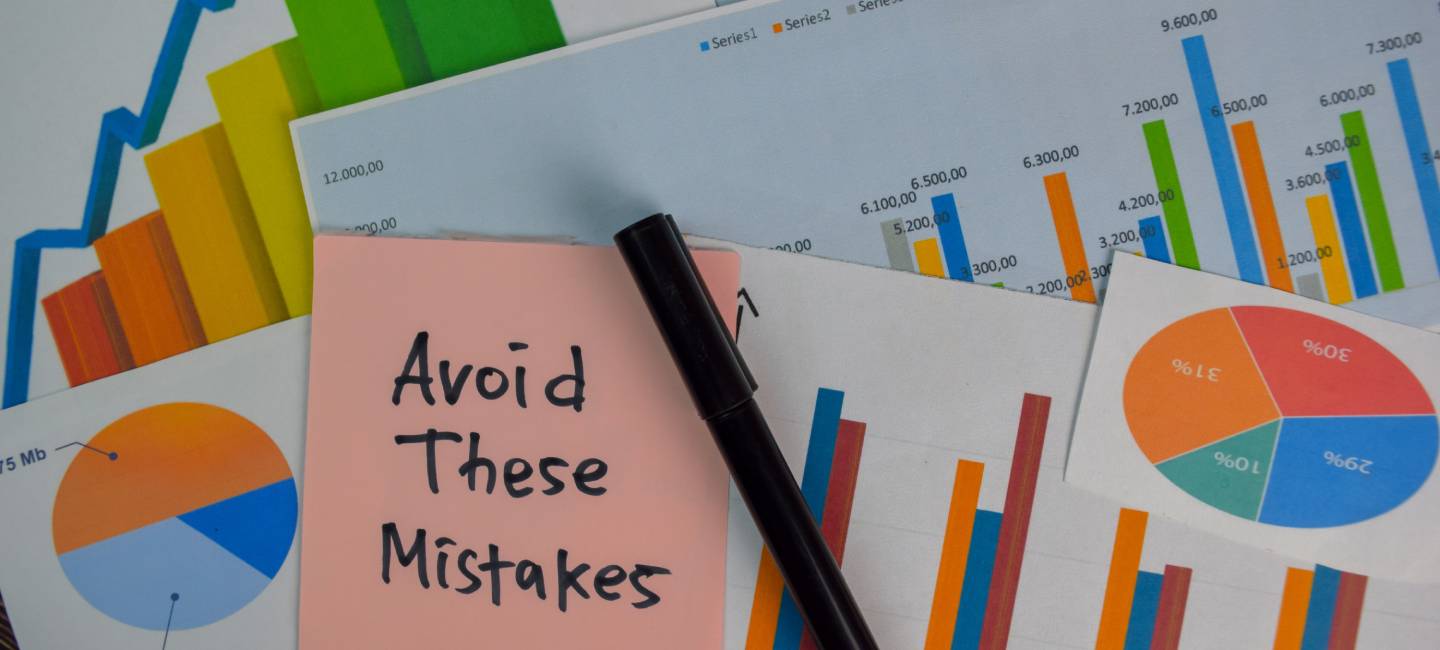
This article is for general guidance only and is not financial or professional advice. Any links are for your own information, and do not constitute any form of recommendation by Saga. You should not solely rely on this information to make any decisions, and consider seeking independent professional advice. All figures and information in this article are correct at the time of publishing, but laws, entitlements, tax treatments and allowances may change in the future.
If you’ve got your investment portfolio up and running, it’s important to check in and review it from time to time. Reviewing your investments can help smooth out the ups and downs, and ultimately boost your returns. In this sixth part of our investing for beginners series, we show you how to review your investments.
What’s on this page?
You’ve done the hard part of learning about investing, choosing a platform and setting up a portfolio for yourself. But creating your investment portfolio isn’t the end of the process: to invest successfully you’ll need to keep tabs on it.
For example, you may spot an underperforming fund and switch it to a better-performing one. Or you may notice you have too much money in, say, US shares, so you need to rebalance and diversify your portfolio once more.
A change in your personal circumstances may also dictate that you should shift your investment strategy, and therefore tweak your portfolio. Tom Kimche, head of advice at Netwealth, explains: “Reviewing your investments is important because the investment, political and economic landscape changes, as well as your circumstances, so what was an appropriate investment one year, may not be the following year.”
You should check your investments are still performing as expected and that they are on track to achieve your objectives. According to James Norton, head of retirement and investments at Vanguard Europe: “Changes in your income or retirement plans may mean you need to adjust your savings goal and your regular contributions into your portfolio.”
He adds: “For many it may seem like a chore reviewing your finances, but taking control now could make you richer in the long term and reduce the need for you to do a bigger review in the future.”
The frequency and depth of your portfolio review will depend on your investment choices. Many beginners start with multi-asset funds or managed portfolios, where professional managers handle the day-to-day investment decisions.
However, even with managed investments, it's still crucial for you to periodically review the fund’s performance and ensure it continues to align with your goals and risk tolerance.
David Gibb, chartered financial planner at Quilter Cheviot, says: “The manager themselves could start to underperform, or the fund could no longer be attractive. For a managed fund or portfolio, reviewing the performance once or twice a year would be sufficient to check how it has performed compared to its peers and also if it is still the right sort of portfolio or fund for you.”
In contrast, if you have built your own portfolio, the reviewing responsibility falls solely to you. As well as checking the performance of your holdings, Kimche gives this handy checklist:
DIY investors will also need to be aware of economic and political news, such as interest rate and inflation announcements. These events can significantly impact market sentiment and investment performance, which might prompt adjustments to your portfolio strategy.
If you’re buying individual shares, you’ll need to understand the various factors that can impact share prices. Gibb recommends that DIY investors who buy shares should check their portfolios at least once a week.
For those who have built a portfolio of various funds, once a quarter or every month is more suitable. “Checking in too often, especially during a falling market, could cause you undue anxiety and make you panic, so once a month would be more than enough,” says Gibb.
Bear in mind that you may not need to make any changes when reviewing your portfolio. If everything’s ticking along nicely, you can keep it as it is. Any changes should be carefully considered, based on your long-term strategy, not short-term market fluctuations.

As anyone who’s dabbled in investing will have seen, the value of your investment can go down as well as up, and your capital is at risk. So investing during choppy markets and when news headlines are warning of a stock market crash can feel nerve-racking. When markets become volatile and headlines predict crashes, the urge to sell and protect your capital is understandable.
However, history shows that panic selling is often detrimental to long-term returns. Selling low locks in losses and may prevent you from participating in the eventual market recovery. “The past couple of years have proven just how unpredictable the world can be. While we can’t predict the future, we do know that a well-diversified portfolio will give you the best chance of riding out market fluctuations,” comments Norton.
He suggests that investors try to stay invested during a falling market, so they can participate in the recoveries that typically follow. “Investors who sell their investments and switch to cash during stock market downturns have typically underperformed those who remain invested,” adds Norton.
There are plenty of examples that back this up. In March 2020, stock markets fell as countries went into lockdown during the Covid pandemic. According to Vanguard, a typical investor that remained fully invested from 2018 until 2023 would have made a 37% return, despite some intense market turmoil during 2020.
An investor who sold their holdings in March 2020 and reinvested in July 2020 once the market had perked up would have only made a 15% return during the same period.
Meanwhile, someone who held their nerve and carried on investing during the 2008 financial crisis would have waited almost five years to recoup their losses, according to analysis by Schroders. But someone who switched to cash in 2008 once the market had fallen 25% would still be nursing a loss today.
Finally, let’s consider what to do if your portfolio is performing well. Once your confidence has grown and you’re seeing positive returns, should you add some new investments? “In a word, no. We expect positive returns, so seeing this happen should not surprise us and cause us to change strategy,” advises Kimche.
Gibb adds: “Any portfolio should be well diversified from inception and therefore as it starts to grow there should be no real need to add new investments.” However, in some circumstances, it could make sense to purchase a new investment.
You will need to make sure this complements your existing holdings and fits in with your overall strategy. Don’t just buy random investments based on something you read or heard down the pub.
As Norton puts it: “Keep your eyes on your goals and make changes when you’re confident they will help you reach them. We believe that building a well-diversified, low-cost portfolio, and then sitting back and tuning out the market noise, is best practice for long-term investors.”


With our Stocks & Shares ISA and General Investment Accounts. Capital at risk.

The UK’s top loyalty schemes, from Tesco and Asda to M&S Sparks and MyWaitrose.

Our practical guide covers types of care, costs, CQC ratings, and visiting tips.

Discover the methods criminals use to steal your card details and cash, and learn essential steps to protect yourself.

Could you be making extra cash from your parking space?

Find out how to understand your own attitude to risk before you start investing.